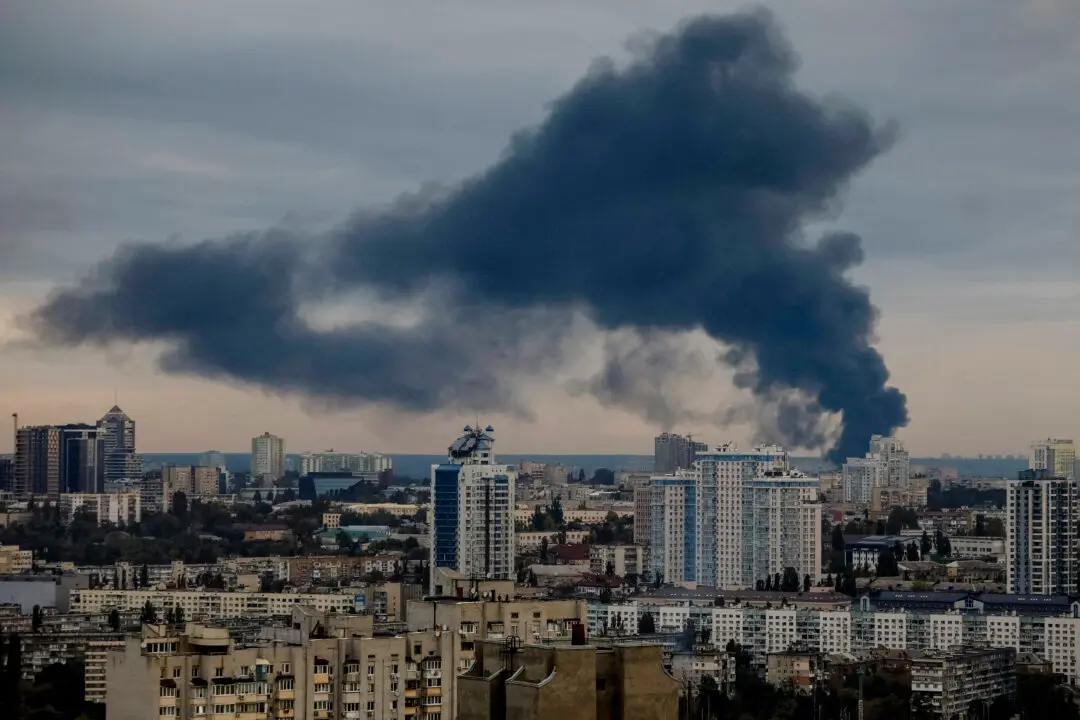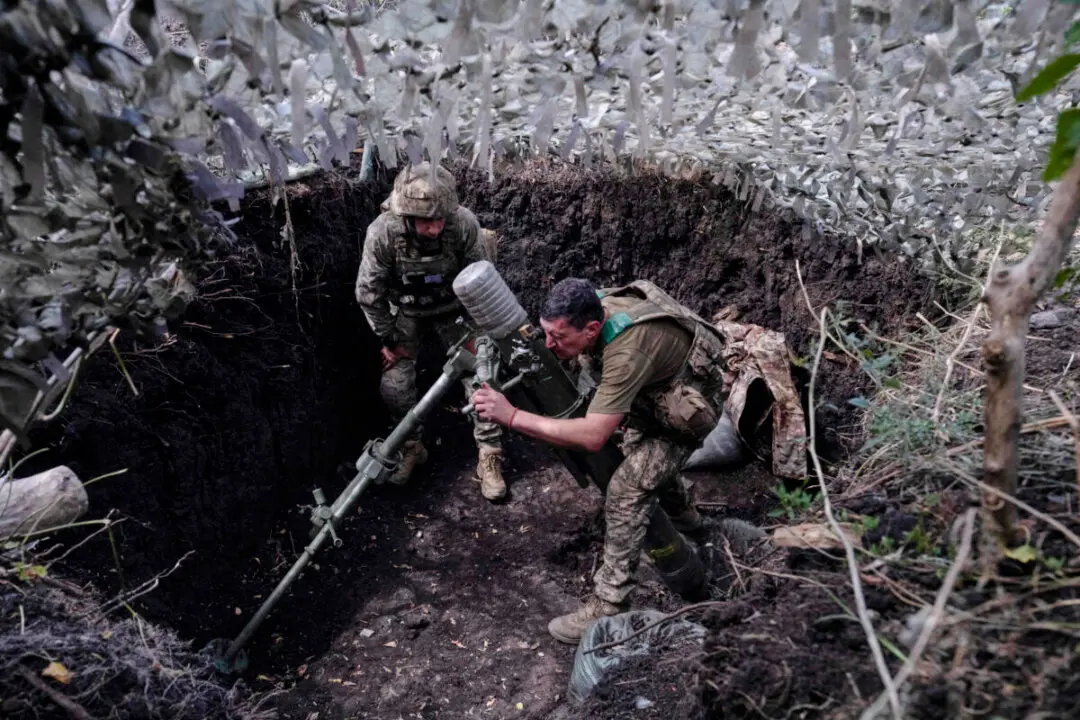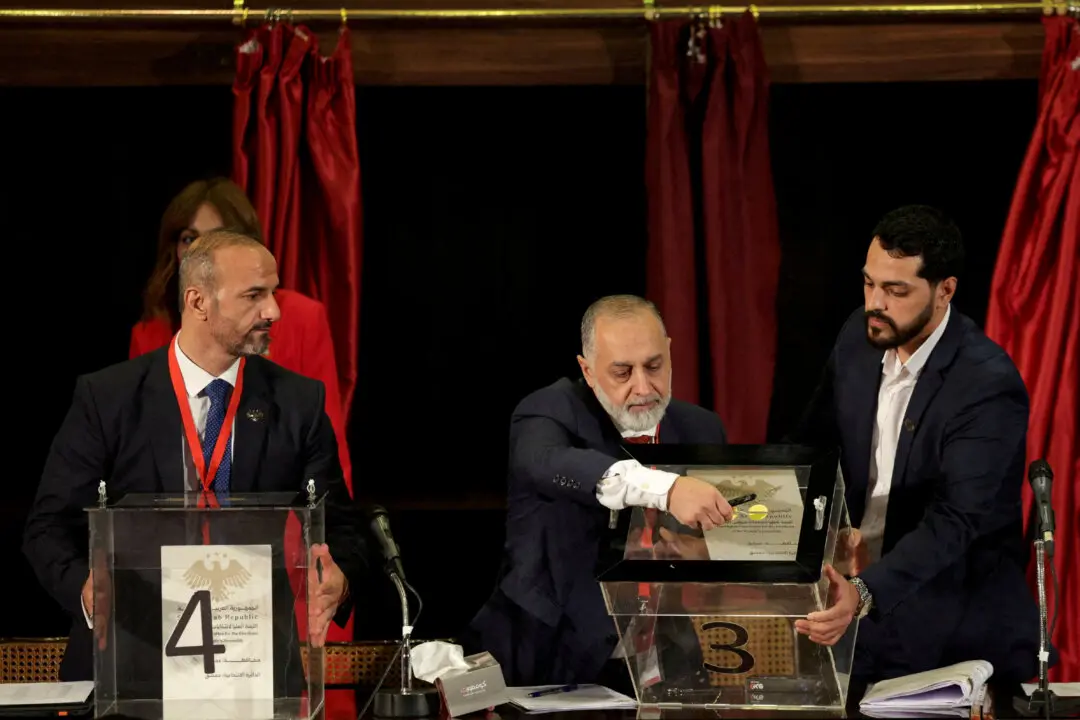Ukrainian army chief Valery Zaluzhny has laid out the primary challenges facing his country in its ongoing conflict with Russia, including the need for what he described as a “new state system of technological rearmament.”
“The challenge for our armed forces cannot be underestimated,” Gen. Zaluzhny wrote in a Feb. 1 opinion piece published by CNN.





